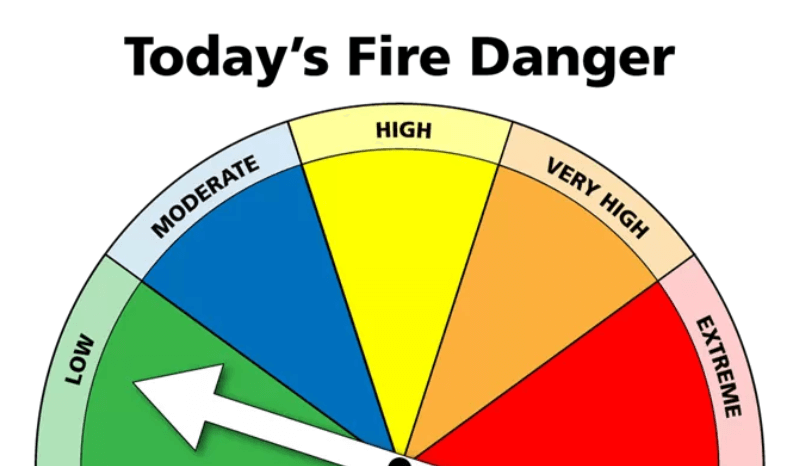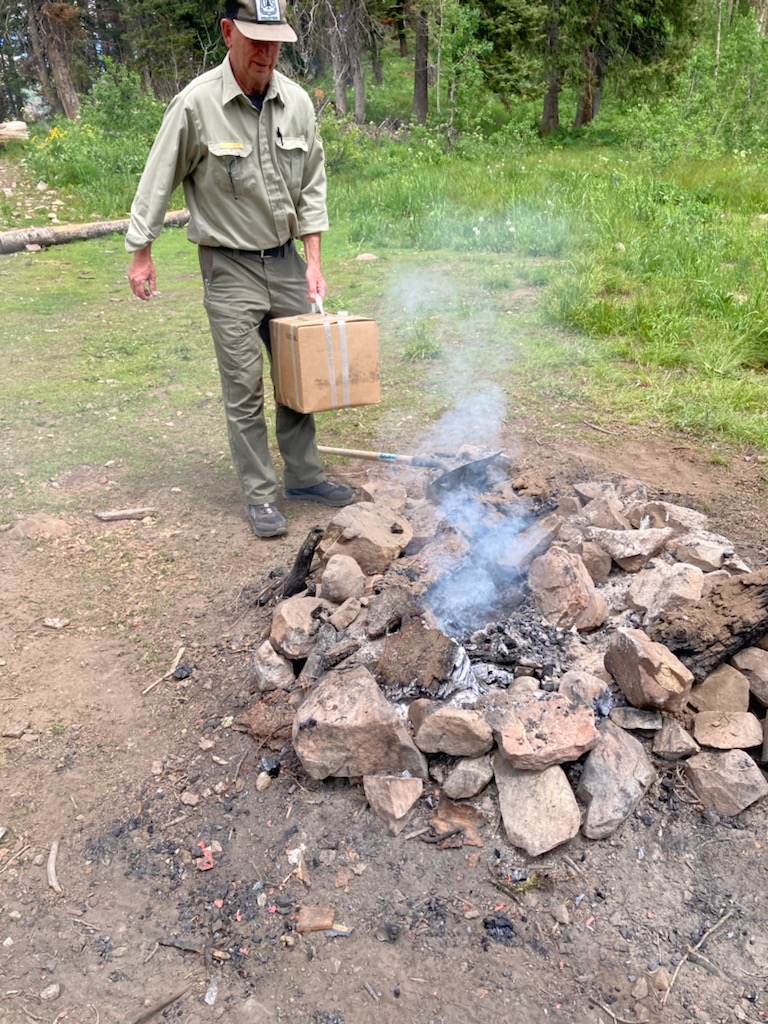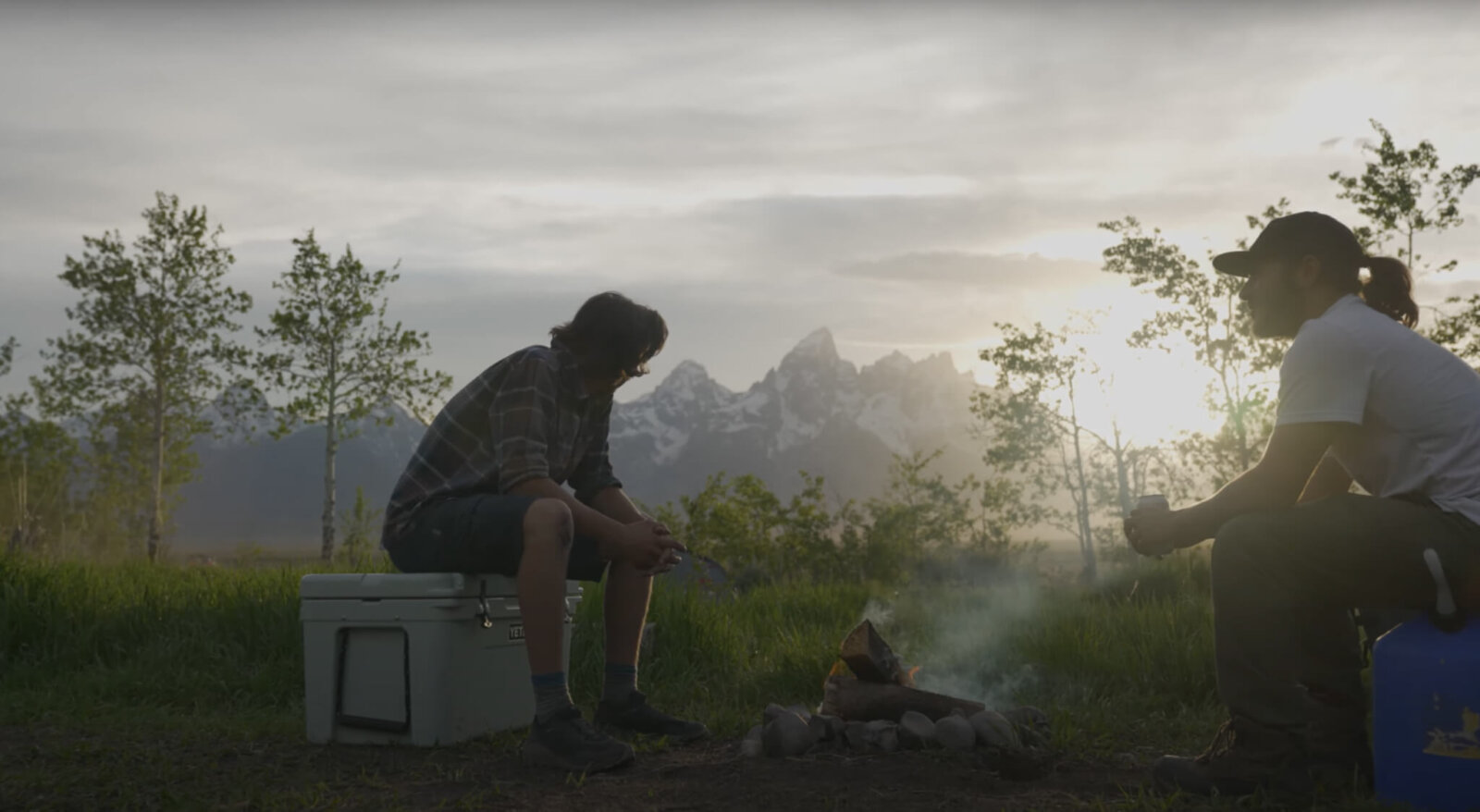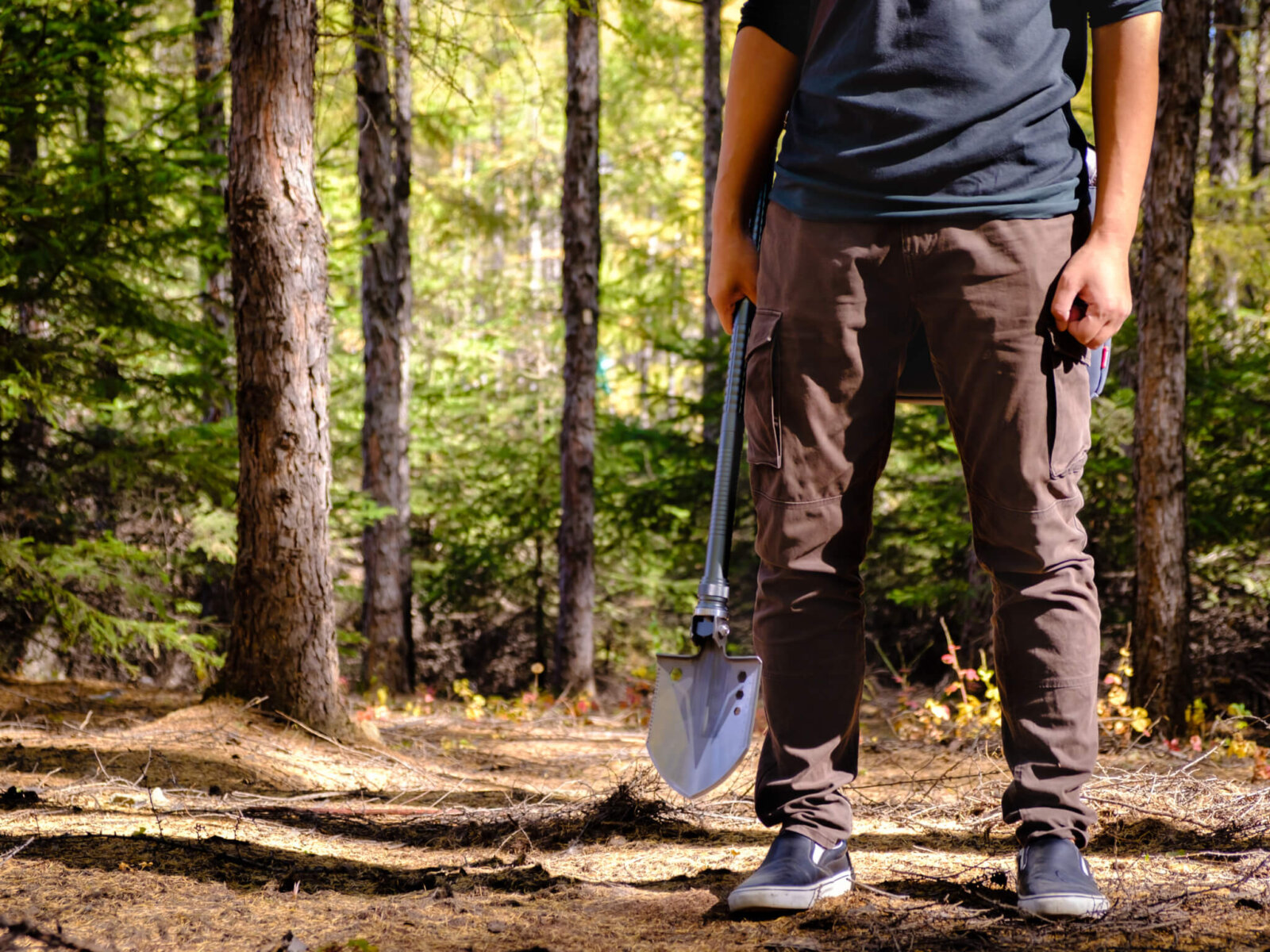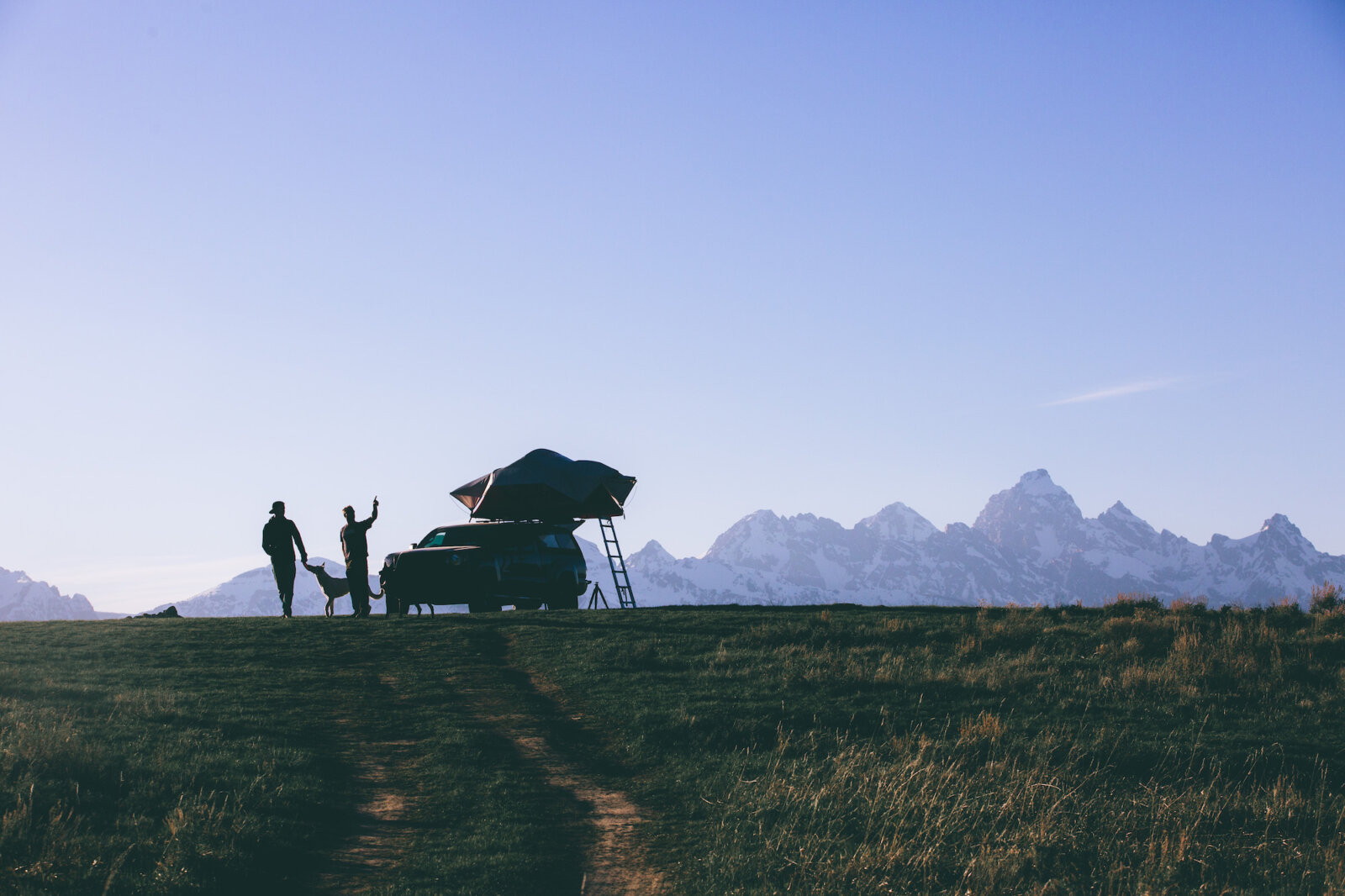Don’t Play With Fire
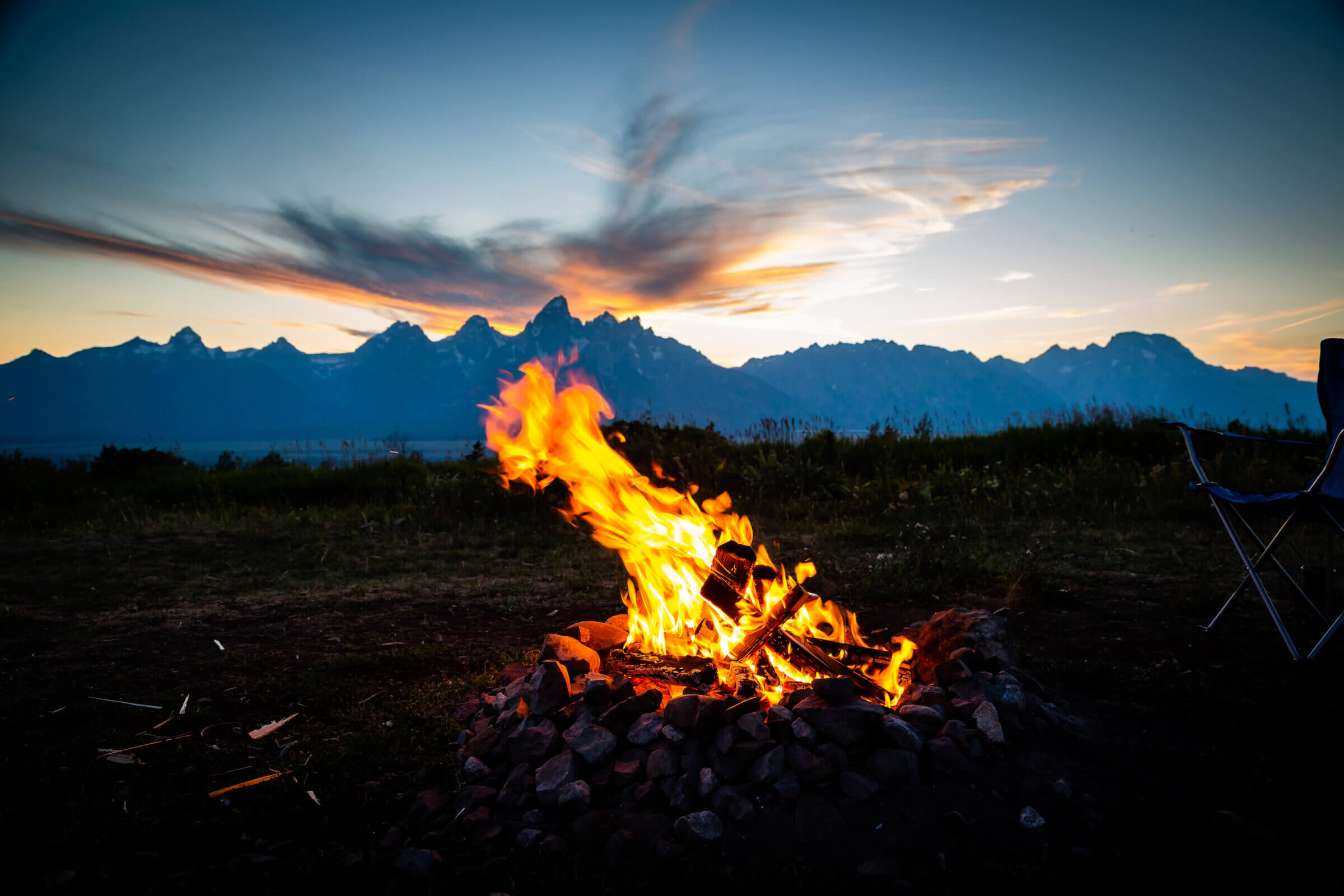
It’s hard to imagine camping without a campfire.
The age-old tradition has enhanced the outdoors experience for generations of nature-lovers, providing essential warmth, cooking space and camaraderie. But with great power comes great responsibility.
Campfire Rules
-

Observe posted fire restrictions
Know current fire restrictions BEFORE arriving to your campsite. Fire restrictions can be found online by visiting the website of the public land you're enjoying.
-

Only build campfires in designated rings
Don't build campfires on the ground and never build near dry brush. Always ensure you are able to control your fire and are prepared to extinguish it at any moment.
-

If it's too hot to touch; it's too hot to leave
Never leave a campfire unattended. Extinguish campfires with water, not dirt; It takes an estimated 2 gallons of water to completely extinguish a campfier. Drown, stir, and repeat until the fire is cool enough to touch.
The reality is that too many natural areas have been degraded or destroyed by the misuse of fire, with unattended campfires being the biggest culprit of uncontrolled wildfire. In a single recent season, patrollers in Western Wyoming discovered an alarming 114 unattended campfires.
Fire Restrictions in Jackson Hole:
Fire restrictions for Bridger-Teton National Forest
Fire restrictions for Grand Teton National Park
Fire restrictions for Yellowstone National Park
Ask yourself these questions:
The climate in Jackson Hole is especially dry and susceptible to wildfire, so always consider the following.
Could a camp stove be used instead?
Will the removal of firewood be noticeable?
How will your surroundings be impacted?
Have I adequately cleaned up?
Are there active fires in Jackson Hole?
Active fires in the area require additional planning and a well-thought-out evacuation plan. Even fires outside the state can blow smoke into the area that impacts air quality and sightseeing. Our wildfires page is up-to-date with fires and smoke in the area for visitors to plan ahead.
